During our preparation, we had determined who would cover each aspect of the event, and seeing all those elements come together afterward was truly astounding. Having a diverse range of footage made the editing process much smoother.
The Distinguished Gentleman’s Ride 2024 edition is just over two months away, and this year we thought we’d kick start NYC’s vintage and fashion forward contribution to the global drive for prostate cancer research funding by recognizing some of those creatives who immortalize the day in film.
Last year's chief event videographers – Nikolai Berger and Matt Koffel – will return again, May 19, to capture that essence … the smiles, the cheer, the spectacle … which draws hundreds of dapper motorcyclists for a day of riding, fundraising and camaraderie.
INSPIRATION, GOALS AND CHALLENGES
For 31-year-old Berger the opportunity to shoot DGR in the Big Apple hits home on multiple fronts.
“(Matt and I) both gravitate towards heartfelt, educational, and impactful stories … We don’t take our profession lightly … We realize that our craft should be used to benefit the world in some way,” Berger says. “My (DGR) vision was to capture the rider’s spirit and showcase them in their element, while not forgetting to highlight one of the principal characters: New York City.”
That meant shots of iconic New York architecture as well as images of NYC’s ‘finest’ at work.
“I could never have envisioned that glorious line up of the NYPD (at Grand Central Terminal). It felt so nice to share that moment with them. The police force has been such a sensitive topic over the years, and I feel this moment told their story in a very positive way. They looked so happy and proud to be there. The camaraderie among them and everyone else was the real story at the end of the day.”
Berger has no motorcycling experience, aside from riding a Vespa in Rome for about 9 years. That being said, his experience covering jet ski competitions prepared him for filming at high speeds.
“As for what details to focus on, I did my best to capture a balance of everything. This wasn’t just about motorcycling; it was also in some way a fashion shoot. Everyone looked so cool. So, I kept my eyes open and aimed to get as much detail as possible.”
Koffel, 21, who had already worked with Berger on numerous projects, adds it was important for him to focus on the spirit inherent in the NYC riding community.
“With DGR, my goal was for viewers to come away with a sense of excitement and community,” he says. “DGR revolves around giving back through a shared passion for motorcycles. I aimed to engage both riders and non-riders, sparking enthusiasm for bikes and the cause. Often, motorcyclists are negatively portrayed, so it was important for this video to dispel some of that stigma.”
NYPD Highway patrol bike line up at Grand Central Terminal. — Rafa Ayoub
This wasn’t just about motorcycling; it was also in some way a fashion shoot. Everyone looked so cool. So, I kept my eyes open and aimed to get as much detail as possible.
As part of his research, Koffel looked to past coverage of the DGR … what worked and what didn’t.
“Having observed previous DGR ride videos and photos, I broke down the content into three main components: the riders, the riding, and the scale. By using tighter lenses, we were able to capture details of the riders' faces, outfits, and bikes. We also made sure to take portraits of individuals not directly participating in the ride, as the event is largely about the people who are part of it,” he says.
“For the riding aspect, I aimed to get up close and into the action. We employed wide-angle lenses placed low to the ground, getting as close to the bikes as possible to convey a sense of speed and excitement. To illustrate scale, we utilized a drone on long stretches of road to provide a broader perspective and showcase the immense size of this event.”
Berger adds: “We made sure that both Matt and I were not filming the same thing. He went wide for the most part and focused on the motorcycles, while I focused on shooting the tighter details as well as the portraits. Ultimately, we wanted the viewers to come away with having seen the best video yet.”
The day was not without its challenges, with both filmmakers having to adapt to shooting from a Ural sidecar with no possibility for re-shoots.
Koffel admits the biggest hurdle for the pair was simply managing their gear while riding.
“It can be tough enough to shoot in a ‘run ‘n’ gun’ style, having to handle exposure, batteries, media, etc. All of that quickly becomes more complex when you're riding in a sidecar, getting bounced around, with helmets obscuring your vision and movement. We really had to minimize our equipment to keep things as simple and lightweight as possible.”
He adds: “Having well-experienced riders was a significant help for both Niko and me. Whether it was directing them to get closer to other riders or guiding their movement up and down the procession, it was immensely helpful. We often had them ride up in front of the pack for us to set up shots and drones. Many of the shots we captured wouldn't have been possible without their skill and experience.”
It was Koffel’s first time riding in and shooting from a Ural sidecar.
“I quickly had to adjust and figure out my angles and the most comfortable shooting positions. One of the major components I wanted to capture was a sense of speed and power from the bikes. An element I used to achieve this effect was getting as low to the ground as possible with my camera. Thanks to my gimbal, I was able to lean off the back or side and extend my camera really close to the road, tilting my screen up to see what I was capturing.”
“On one occasion, while we were riding up the West Side Highway, I pulled my camera up and noticed that my battery grip on my stabilizer had come loose. My heart sank a little as I realized that it would have only taken one good bump in the road to send my camera and everything attached to it hurtling down the highway. I certainly got lucky. Ultimately, this led to capturing some amazing footage. One of my favorite sequences was at the end of the ride with the One World Trade in the background. By that point, all the bikes had begun to come together again, and it was truly something to witness a sea of bikes filling the streets of the Meatpacking District!”
More than 800 riders participated in the NYC Distinguished Gentleman's Ride, raising upwards of $200,000 for prostate cancer research and men's mental health resources. — Rahoul Ghose
It can be tough enough to shoot in a ‘run ‘n’ gun’ style, having to handle exposure, batteries, media, etc. All of that quickly becomes more complex when you're riding in a sidecar, getting bounced around, with helmets obscuring your vision and movement. We really had to minimize our equipment to keep things as simple and lightweight as possible.
For Berger, the experience was both amazing and adrenaline filled.
“I’ve shot a lot of sports in my career, but shooting out of that sidecar was definitely challenging. So much is happening so fast and getting the right angle at the right time, while keeping everything steady, was difficult. I also lost signal with my drone a couple of times while going over the Manhattan bridge and the Brooklyn bridge. Let me tell you … that was absolutely terrifying, especially given the fact there was a helicopter flying over the scene. But it all worked out and I am very happy with the shots I was able to get. I’m also proud of the close ups I managed to get of the riders as they passed by. They were all camera ready and seemed to be having a blast.”
Berger says his main challenge was the amount of people in the ride and the speed at which everything moves.
“There were so many cool looks and cool bikes to capture before the ride started. I did my best to time myself and made sure not to linger on one subject for too long. The ride itself was challenging due to the speed and the unnatural body positions I had to put myself in to get certain shots, but that’s all part of the game.”
THE FINAL CUT
Koffel pulled double duty in 2023, also taking on editing duties for the final NYC piece and supplying DGR international with some clips of the local ride for the global video produced in Australia.
“I was amazed when I saw the footage in the editing room,” Koffel admits. “On the day of the ride, there were numerous uncertainties that had me concerned. Questions like, ‘What if we can't get the drone up? What if we miss a crucial shot of everyone crossing the bridge? Will the weather cooperate? Will our camera equipment be too unwieldy on the Urals?’ Luckily, on the actual day, everything seemed to fall into place.”
“After the event, I knew the images would turn out well, but I couldn't have anticipated that the captured footage would be as exceptional as it was. During our preparation, we had determined who would cover each aspect of the event, and seeing all those elements come together afterward was truly astounding. Having a diverse range of footage made the editing process much smoother.”
“When embarking on a project like this, I have a clear vision of the atmosphere I want to convey in the final edit. However, I don't always have a concrete roadmap of the exact direction it will take during production. The tone I envisioned for the final promo was dapper, hip, and thrilling. I used this intended tone as a guide while capturing footage during the production phase. Once I'm back in the editing room, I begin piecing everything together.”
Music also had a huge impact on the final released video.
It’s an integral element for any video, Koffel says.
“It sets the tone and pacing for the entire video's atmosphere. The same held true for DGR. I needed a song that could effectively establish the mood of the riders, the city, and the foundation. This aspect of the project surprisingly demanded a significant amount of time. Unfortunately, with music selection, you can't simply use any song you like; you need to find music for which you can obtain the necessary royalties.”
“Numerous websites offer a platform for emerging artists to showcase their music for video creators to use for a small fee. While my initial preference was Wyclef Jean's "We Trying to Stay Alive," I had to switch gears after realizing we couldn't secure the necessary royalties for that song. This prompted me to search for something similar. After extensive searching and experimenting with various songs, I eventually found the perfect match that ended up being used in the final edit.”
Nikolai Berger and Matt Koffel geared up for the day. — Hugh Miller
CAREER ADVICE FROM THE PROS
Filmmakers are often approached for their advice on how to get into the industry, shooting techniques and equipment advice. Berger and Koffel are quick to offer up some helpful tips for those new to filming.
“Just go out there and do it,” Berger says. “Matt and I volunteered to do the DGR shoot because we love what we do, and we are always hungry for newly shared experiences. It’s not all about money or being the best out there … it’s about doing what you love to your best ability and having fun while doing it. You’ll get better every time and will meet wonderful people on the way. The only person stopping you, is you.”
Koffel, whose career is just taking off, agrees.
“My primary advice for individuals aspiring to enter the field of filmmaking is to dive right in. There's no more effective way to learn than by gaining hands-on experience and engaging in consistent practice. You don't necessarily need the most advanced equipment either. Nowadays, almost everyone possesses a camera in their pocket capable of producing remarkable visuals; the key lies in applying the right creativity.”
Koffel also recommends exploring a variety of filmmaking genres and disciplines.
“Experimenting with diverse styles is valuable, even if you're primarily focused on a particular genre. Doing so often leads you to embrace new techniques or skills that can significantly impact your approach within your chosen niche.”
Lastly, prioritize enjoyment, he says.
“It's easy for artists to become engrossed in their work, especially considering the vast amount of content available on social media today. In this context, it's vital to avoid falling into the trap of comparing your work to others. Instead, focus on your creative process and continue producing without restraint.”
Matt and I volunteered to do the DGR shoot because we love what we do, and we are always hungry for newly shared experiences. It’s not all about money or being the best out there … it’s about doing what you love to your best ability and having fun while doing it.
As to gear, the advice is tempered with the reality that filming can get expensive.
Buying gear has always been a struggle for all photographers and videographers, Berger says.
“There is always something newer and flashy coming out right after a big purchase. I’ve learned that, while it is important to meet the standard in quality, it is more about what you do with gear than the gear being used. Craft is the most essential part, and the ability of great storytelling through imagery is something built over time, not with an endless amount of gear.”
Both Berger and Koffel shoot with Sony a7 siii cameras on gimbals. Mavik Air 2 drones were used for overhead coverage, with NYC Motorcyclist contributor Zoltan Suhay working the second drone.
“I love Sony mirrorless cameras for their ease of portability, high quality with high frame rates, and their low light capabilities,” says Berger. “As for lenses, I'm a big believer in using primes to capture portraits and on foot details. When shooting out of a sidecar, however, a zoom lens is the way to go. I personally used a 50mm prime and a 35-150mm zoom lens that I was able to balance on a gimbal. Not many videographers like to switch lenses on a shoot. I believe that is one of the ways you can create variety, and make it seem like multiple people are shooting. It’s all about knowing when to use which one, and also swapping them at the right time, and not missing an important moment.”
Koffel adds having the right gear is certainly important.
“But I believe the best approach involves a combination of factors. It's crucial to assess each shoot and determine which gear will enable me to capture the shot effectively. In this particular instance, mobility was a top priority, given the need to navigate tight spaces while maintaining quality. Hence, we chose small, lightweight mirrorless cameras and handheld stabilizers instead of bulky cinema cameras. There's a delicate balance between using the best gear and opting for what's most efficient for the task at hand.”
Developing a shooter's eye helps determine the essential gear for each project, and this skill improves with experience, Koffel adds.
“At the end of the day, I view all the gear in my kit as tools. If these tools assist me in capturing the desired shot, then I consider my job well done. I've had the opportunity to shoot with various cameras over the years. I started with a small Nikon D5200 and have progressed to working with RED cameras. But my current go-to camera for most productions, and the one I own, is the Sony a7 siii. It quickly established itself in the filmmaking community as one of the best all-around cameras for the price. It's compact, feature-rich, and offers an unbeatable price point for its capabilities.”
As to lenses, Koffel is a big fan of Sigma's Art series.
“They provide quality glass across a range of standard prime and zoom options, which meet the requirements for about 90% of the productions I work on. This brand offers excellent value, fulfilling most of my lens needs effectively.”
Drone captures riders along the West Side Highway with the George Washington Bridge, the Hudson River and New Jersey in the background. — Zoltan Suhay
I also lost signal with my drone a couple of times while going over the Manhattan bridge and the Brooklyn bridge. Let me tell you … that was absolutely terrifying, especially given the fact there was a helicopter flying over the scene.
GETTING THE 2024 DISTINGUISHBED GENTLEMAN’S RIDE IN FOCUS
Looking to May, Koffel says he would like to infuse a more narrative feel into this year’s coverage by incorporating an introductory segment.
“I believe featuring an individual rider preparing and arriving at the event could serve as an effective way to introduce the video. Another aspect lacking in this year's video was sound design. I'm aiming to figure out a method for capturing the audio from the bikes. Sound plays a pivotal role in videos, adding depth, and it's a significant aspect of the actual DGR ride experience. Lastly, I'm keen on obtaining more onboard footage from the riders. I find this approach enjoyable as it involves the community and provides viewers with a more immersive experience of the event.”
Berger adds: “I think it would be cool to get some soundbites in there. That way we can also showcase the internationality of the event. There were people from all over.”
MORE DGR COVERAGE
To get your enthusiasm in gear for this year’s DGR in NYC, Sunday, May 19, check out our eight stills galleries from 2023:
2023 Distinguished Gentleman's Ride : New York City
Remember to pre-register at gentlemansride.com. 2024 will again see post event galleries on nycmotorcyclist.com and pre-ride coverage on the event Facebook page, as well as the NYC Motorcyclist Instagram and Facebook pages. And of course there will be another incredible video. For now, enjoy the previously unreleased segment from 2023 below. Tally ho!
Distinguished Gentleman's Ride NYC 2023 New Footage Video — Matt Koffel, Nikolai Berger & Zoltan Suhay
Experimenting with diverse styles is valuable, even if you're primarily focused on a particular genre. Doing so often leads you to embrace new techniques or skills that can significantly impact your approach within your chosen niche.
MORE ABOUT MATT KOFFEL | mattkoffel.com | @matt.koffel
 “I was born and raised in a suburb just outside of Cincinnati, OH. Around my middle school years, I became attracted to the film industry. Specifically, I was drawn to the growing popularity of online content creators and independent filmmakers that were beginning to emerge. At first, I was drawn towards the post-production side. I started noticing lots of technical and intricate edits appearing online and quickly jumped feet first into teaching myself editing. I’m very much a problem solver and wanted to uncover the mystery behind many of these visual puzzles I was seeing. I began consuming content and information online and learned through trial and error. Throughout this process, I began consuming more narrative-driven content and became interested in the storytelling aspect. Eventually, I picked up my own camera and started creating. Throughout high school, I made a few of my videos and was hooked. I knew this was what I wanted to do.”
“I was born and raised in a suburb just outside of Cincinnati, OH. Around my middle school years, I became attracted to the film industry. Specifically, I was drawn to the growing popularity of online content creators and independent filmmakers that were beginning to emerge. At first, I was drawn towards the post-production side. I started noticing lots of technical and intricate edits appearing online and quickly jumped feet first into teaching myself editing. I’m very much a problem solver and wanted to uncover the mystery behind many of these visual puzzles I was seeing. I began consuming content and information online and learned through trial and error. Throughout this process, I began consuming more narrative-driven content and became interested in the storytelling aspect. Eventually, I picked up my own camera and started creating. Throughout high school, I made a few of my videos and was hooked. I knew this was what I wanted to do.”
“Growing up, I wasn't directly exposed to the visual and media arts industry, and I didn’t have any family members working in that field. This made the transition even more daunting … to jump right into an industry in which I had few connections and no experience at such a young age. But I was committed and slowly put myself out there using online freelance platforms, social media, websites, etc., and soon I had built up a few clients. At this point, I wanted to make a bigger commitment and search for more opportunities. I was given the chance to move to NYC and was ready to take it. Since the move, I’ve had the pleasure of working on some incredible projects that have taken me around the country. There's never a dull moment in NYC, and there's always something new happening every day.”
“As a freelancer, I produce content across a wide range of genres, (including) corporate, promotional, events, commercial, and more. However, the projects that I enjoy the most are the ones where I get to capture real people's stories. One of my favorite projects is being a part of a series on Long Island called "Faces of Long Island." It's a recurring gig where I collaborate with Niko for Newsday. In this series, we travel to various parts of Long Island and interview interesting subjects who have compelling stories to tell. Examples include a 76-year-old marathoner, a Korean refugee who moved to the US to become an artist, and even a story about a painting dog. I love these projects because they allow me to share wholesome stories about everyday people in the community and give them a voice to be heard.”
“Moreover, I relish the unique challenges that each project brings. Some of these might involve figuring out how to safely attach a camera to the tail of an airplane or navigating a drone through dense trees. Afterward, seeing the final result come together is the most rewarding aspect for me.”
“Niko has extended an invitation for me to join his passion project, which revolves around the battle rap community in Harlem. The project entails creating a short documentary that explores the influence of the battle rap scene on both the local community and the art of hip-hop. I'm genuinely excited about participating in this endeavor, as it's an entirely new experience for me. (As to) my personal aspirations, I am presently in the process of obtaining my dive certification and am eager to venture into the realm of underwater imaging.”
MORE ABOUT NIKOLAI ‘NIKO’ BERGER | clearmistproductions.com | @_nikolaiberger
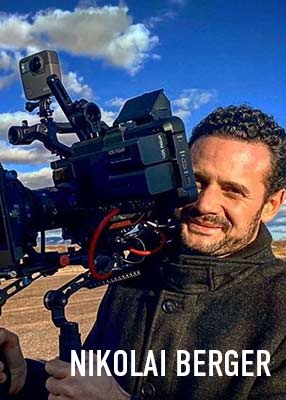 "I’ve grown up all around the world by having international parents whose work has moved us around quite a bit. I grew up in Denver, Metz, Paris, Istanbul, Beirut, Rome, and finally moved to New York City at the age of 27. I studied at John Cabot University in Rome, Italy, graduating in 2014 with a degree in Communications, a minor in English literature, and a second minor in creative writing. I have always loved cinema and started a film society at my university. That is where it all started. I then began working as a freelance videographer, primarily for Nautical Channel, Aljazeera, and Coldfocus from 2014 until 2018, while still living in Rome.”
"I’ve grown up all around the world by having international parents whose work has moved us around quite a bit. I grew up in Denver, Metz, Paris, Istanbul, Beirut, Rome, and finally moved to New York City at the age of 27. I studied at John Cabot University in Rome, Italy, graduating in 2014 with a degree in Communications, a minor in English literature, and a second minor in creative writing. I have always loved cinema and started a film society at my university. That is where it all started. I then began working as a freelance videographer, primarily for Nautical Channel, Aljazeera, and Coldfocus from 2014 until 2018, while still living in Rome.”
“I first came to NYC shooting videos for the soccer team Juventus in 2017. I immediately fell in love with the energy found in this competitive city and moved there a year later, to start my own production company: Clear Mist Productions LLC.”
“Nautical Channel brought me all over the world to cover water sport events ... to Bora Bora, Turkmenistan, Guadeloupe, Saint Martin, Stockholm, and the archipelago of Tuscany.”
“School gave me the opportunity to start my film society. But for the most part I have learned everything by being out on the field. No books can truly prepare you for real life situations, especially when it comes to filming ‘run-and-gun’ style. I learned from my mistakes and from (the) mentors that took me under their wings.”
“I love working with Newsday on the Faces of Long Island project. We interview anyone with a special story and make three- to five-minute videos that are then shared within the vast community of Long Island, and of course the rest of the world. The stories have been very humane and it feels fulfilling to be connected with everyday people. That to me has always been the beauty of cinema and visual storytelling.”
“We are also just starting our first official documentary on the history of battle rap in Harlem, and how it has changed in recent years ... facing contemporary changes in music and the backlash from PC culture. (Production started in late 2023).”
“And we are taking a new approach to our Faces of Long Island series, which got nominated for a New York Emmy in the short form documentary category.”

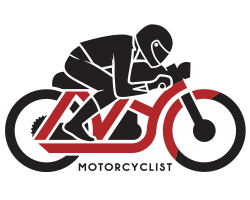

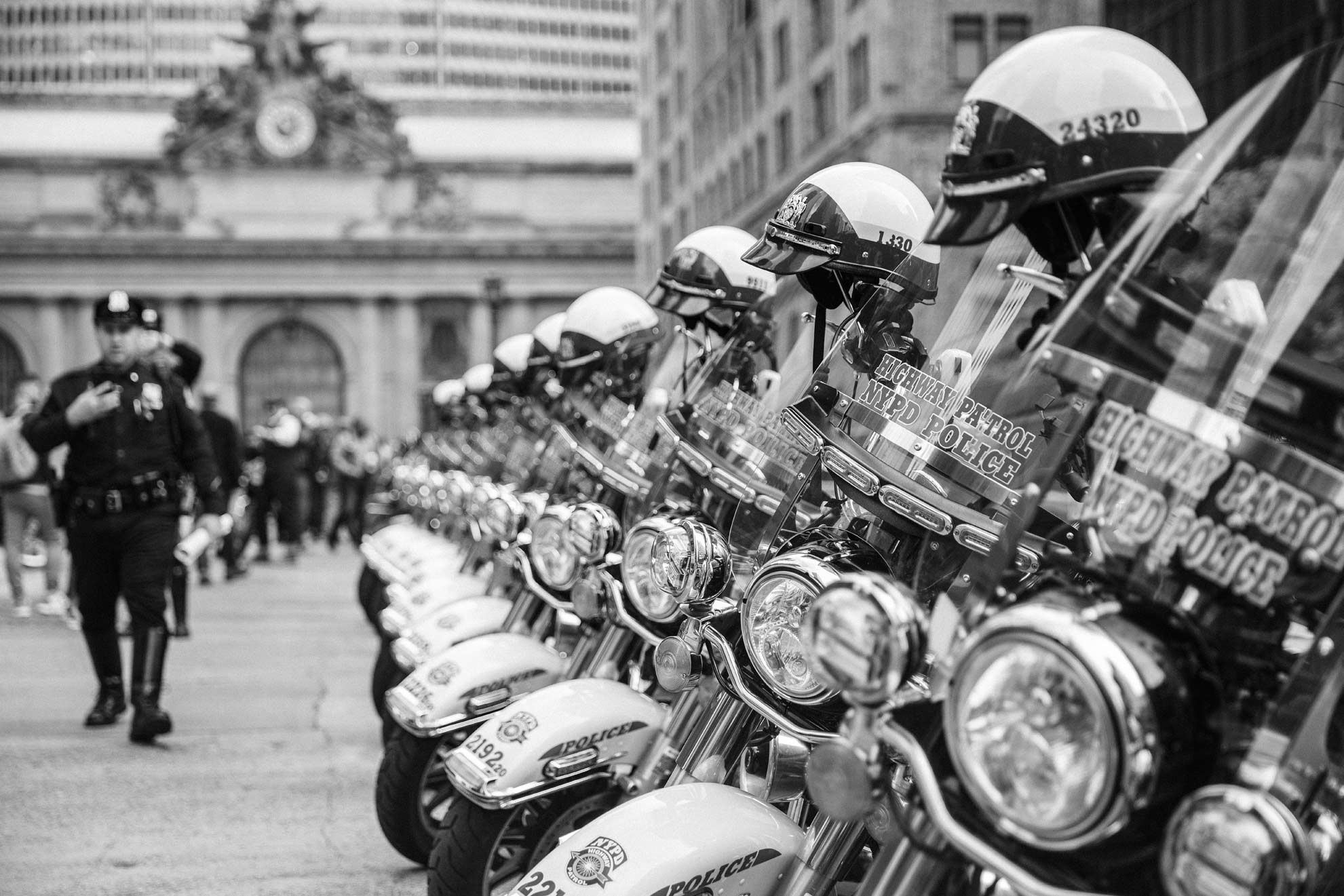
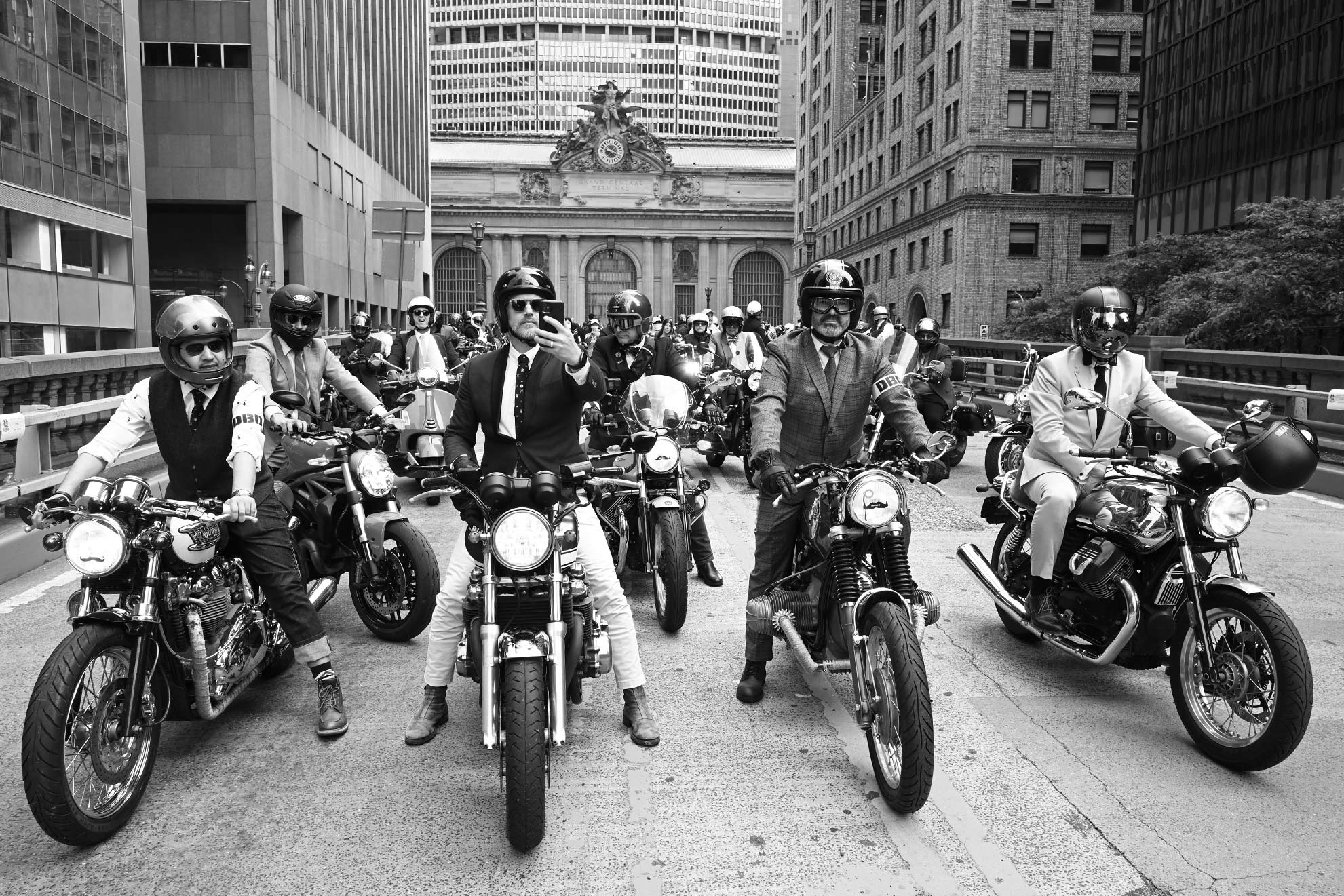
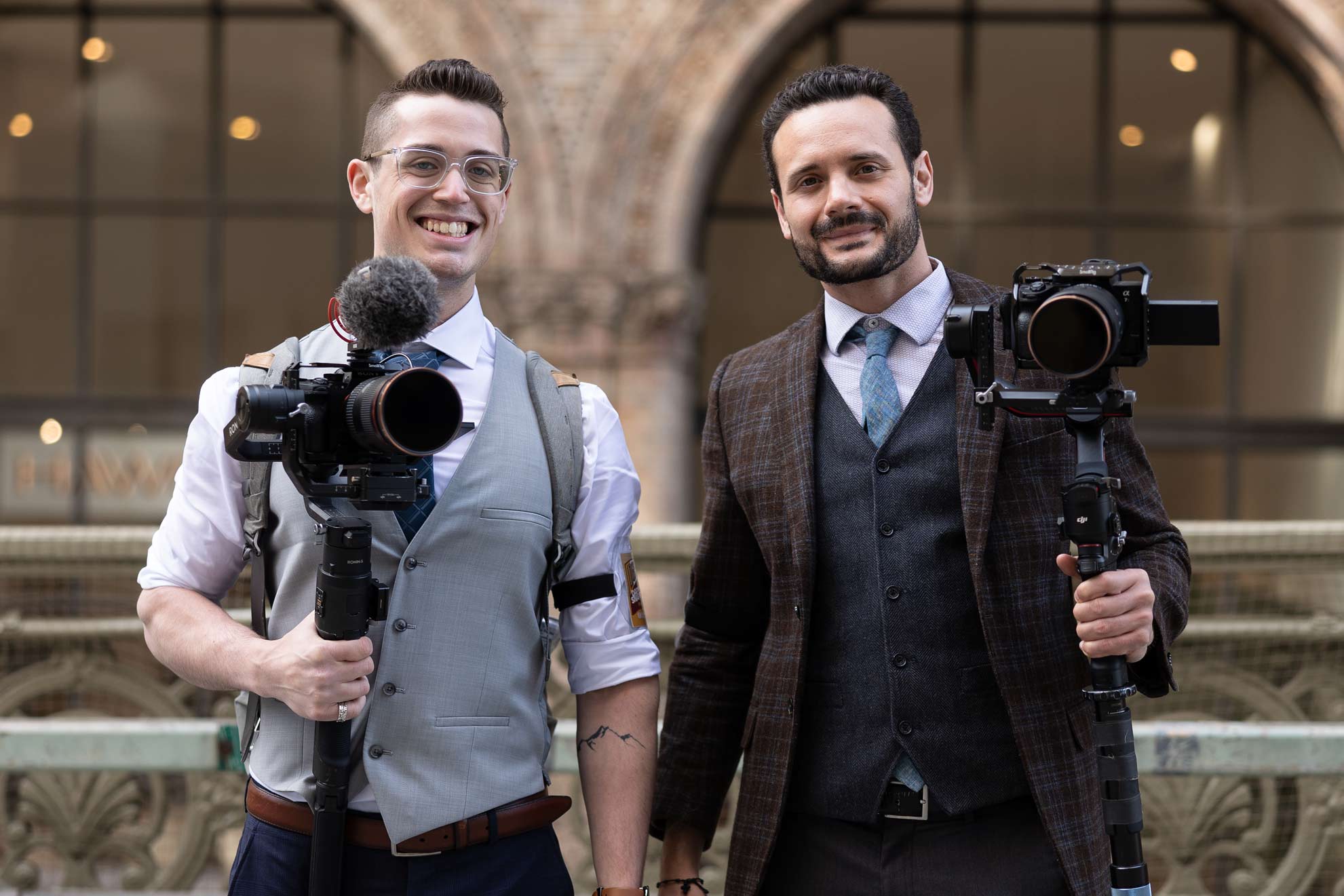
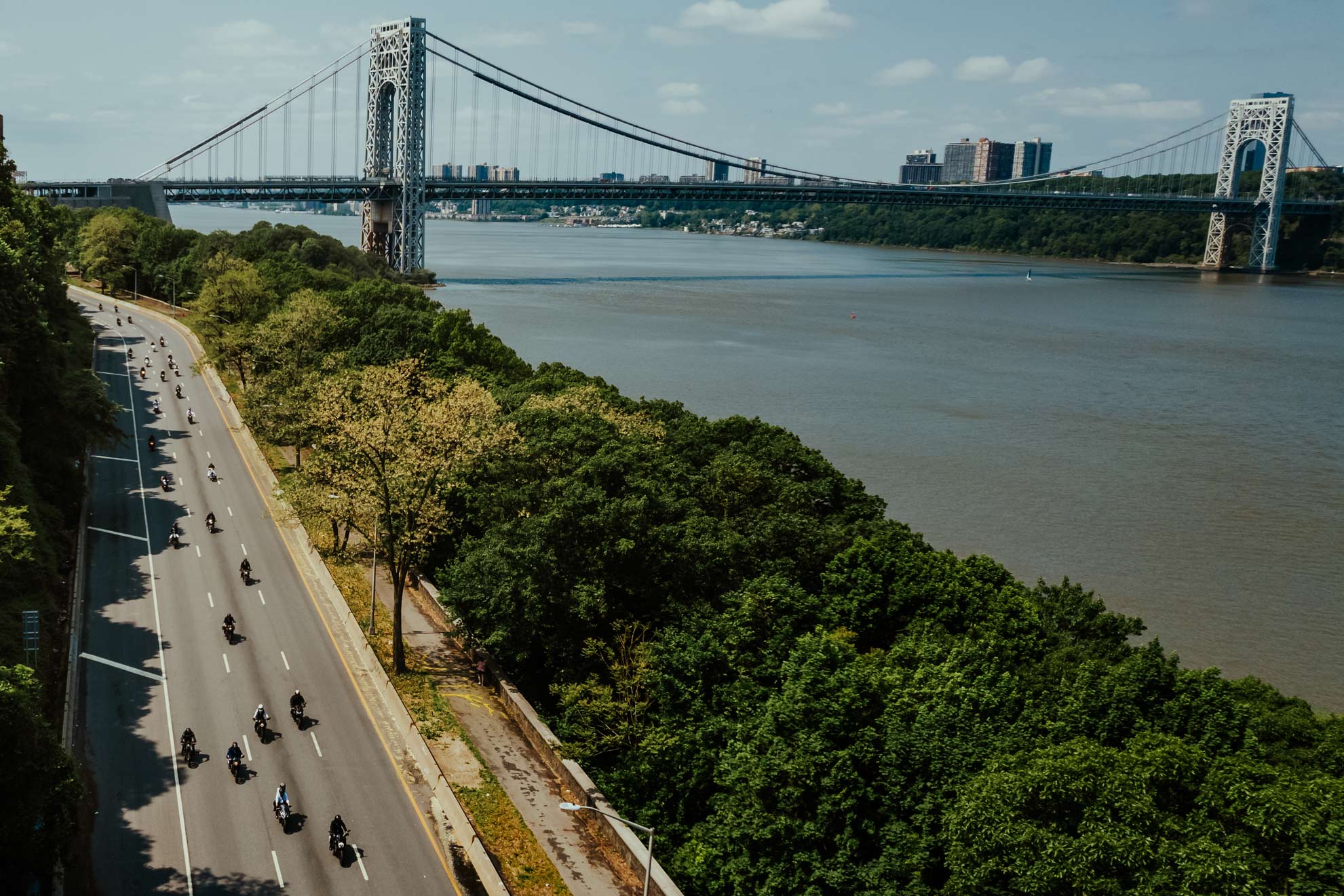










Leave a Comment